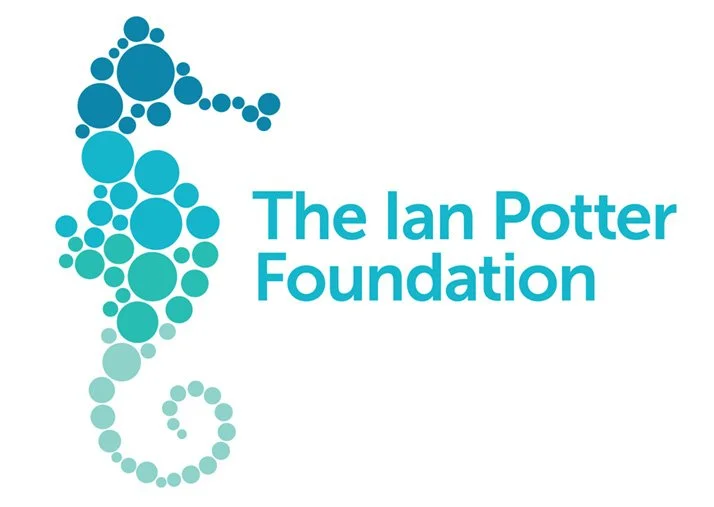PEAT Southwest is a transdisciplinary research project advancing the understanding and sustainable management of southwestern Australia’s peatland ecosystems.
The project is guided, co-designed, and delivered in partnership with
Aboriginal Elders, scientists, land managers, museums,
government bodies, and local communities.

Peatlands are significant wetland ecosystems that have important geological, hydrological, and biological characteristics and features.
Despite covering just 3% of the world’s terrestrial surface, peatlands store 30% of the world's soil carbon, two times more carbon than the entire global forest biomass, and account for 10% of the global freshwater resources.
In Southwestern Australia, peatlands are important habitats for rare and unique flora and fauna, including the Sunset Frog and the Albany Pitcher Plant.
Research on peatlands in this region has been limited, and much remains unknown about their formation and biodiversity.
Collaboration
To build a collaboration, based on local knowledge holders and technical specialists, to better manage and promote southwestern peatland ecosystems.
Five goals over five years
Geodiversity
To characterise far southwestern peatland geodiversity to inform and prioritise management.
Biodiversity
To characterise far southwestern peatland biodiversity to inform species and habitat management.
Management
To develop a comprehensive management strategy to inform critical/urgent actions for southwestern peatlands and their cultural and natural values.
Implementation
To design and implement on-ground actions across the full geographical range of Empodisma peatlands.
Who’s involved























